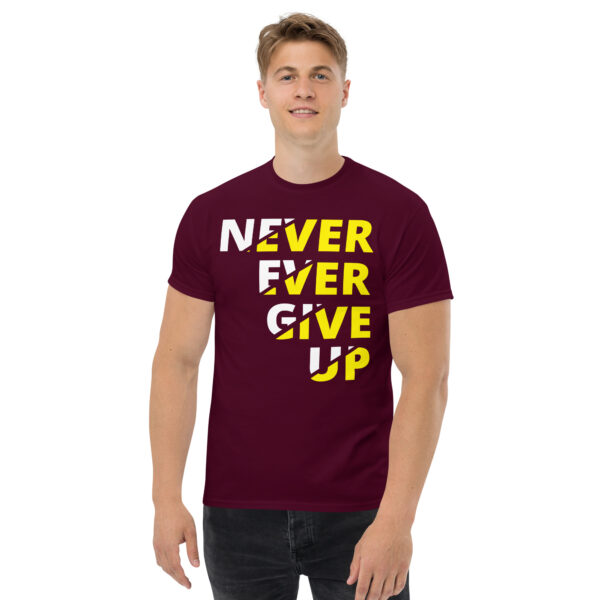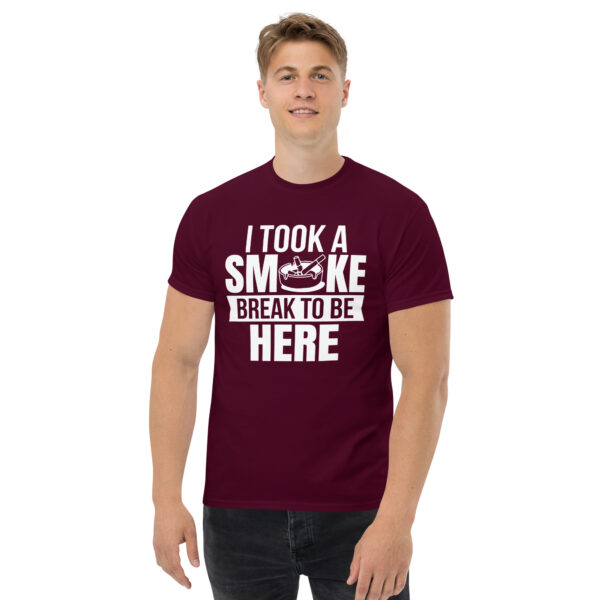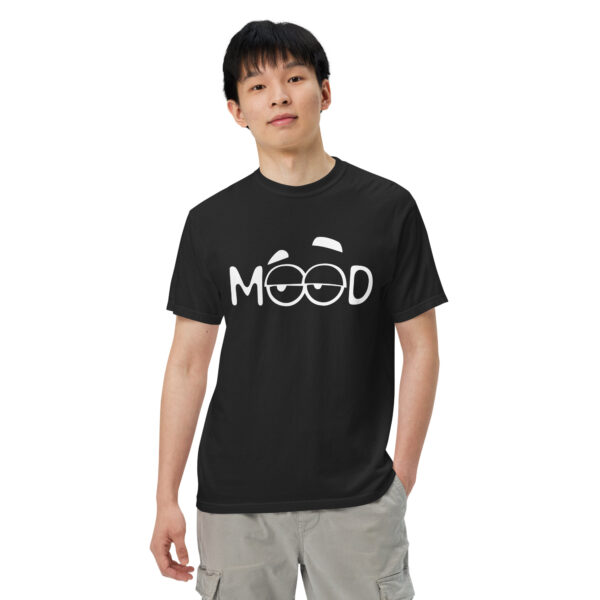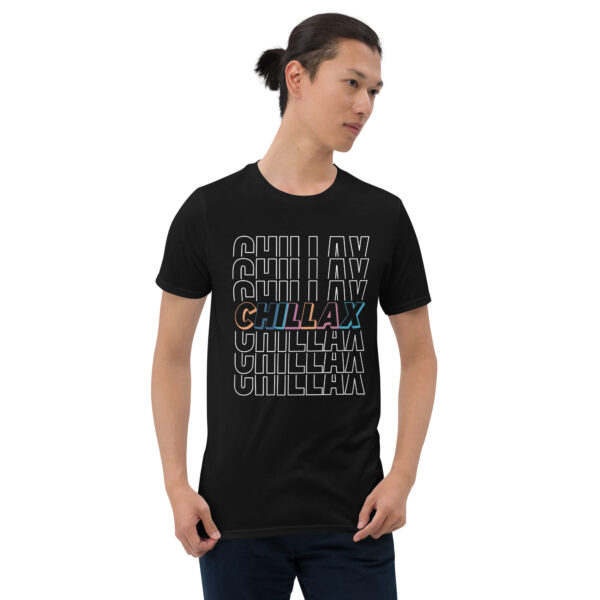Creativity often faces challenges like perfectionism, which can stem from a fear of judgment and lead to procrastination.
Achieving excellence in designs is essential when preparing image files for print on demand products.
By focusing on customer satisfaction and brand loyalty, you can turn your designs into sales-driving products.
From selecting the right printing equipment to understanding supplier specifications, paying attention to details. Ensures that your work reflects the same amazing quality you envision.
Table of Contents
ToggleHow to Prepare the Perfect Print on Demand Image File
The Illustration
Transforming your painting, illustration, or sketch into a product like a t-shirt for selling can feel daunting at first, but it’s a rewarding process when approached step by step.
Begin by selecting one of your favorite artworks—whether it’s a cartoon of giraffes. A detailed painting, or a textured sketch—and convert it into a digital format.
Using software designed for this purpose ensures your artwork maintains its charm and authenticity while becoming suitable for professional printing.
For instance, scanning your work provides an identical digital replica of the hard copy, capturing every detail, including paper textures and even wiggly, hand-drawn lines that give your work personality.
A photograph might capture only one perspective, but scanning allows you to upload the entire image to a computer, making it perfect for creating on demand products.
Once prepared, your artwork will shine on everything from t-shirts to home décor.
It ensures your vision comes to life while maintaining the professional quality that’s essential for selling your creations.
Planning Your Small Business
If you’re planning to start a small business focused on print on demand, whether to generate extra income or create products for personal use, it’s best to begin with manageable goals.
Starting with simpler tasks, such as perfecting your designs for onesies or applique projects, helps you get accustomed to the process before investing in the bells and whistles of more advanced equipment.
Although there is a learning curve involved, the satisfaction of seeing your designs on products is worth it.
Whether you’re looking to pay off a mortgage or gradually build your skills, the key is to strategize effectively. Refine your technique, and allow your business to grow over time.
Don’t expect to quit your day job immediately, but with consistent effort, you’ll be well on your way to turning your passion into a sizable success
Scanning Tips
When preparing your perfect print on demand image, scanning is a crucial first step. For artwork that is A4 or smaller, using an at-home flatbed scanner can get the job done efficiently.
However, for larger pieces, it’s a good idea to visit a local printing and scanning shop equipped with a state-of-the-art machine to scan your image at a high resolution.
Scanning at 300 DPI is highly recommended to ensure the image has enough detail and crisp resolution, making it ideal for print on demand products such as t-shirts or mugs.
A dirty smudge on your scanner’s glass can ruin the final output, so it’s important to clean it regularly.
After scanning, transfer the digitised artwork to your computer, where you can begin tidying it up.
Image Editing with Photoshop
Once your image is on the computer, open it in image-editing software, such as Photoshop. Adobe offers a free trial of Photoshop, which is great for beginners who are just getting started.
Before diving into editing, double-check the DPI setting to ensure that it’s high enough for printing.
While 300 DPI is the best resolution for most print on demand products, 150 DPI can also work well if the image doesn’t have fine details.
You can check and adjust the DPI by going to Image > Image Size in Photoshop. Remember that it’s always better to scan at a high resolution from the start, rather than making adjustments afterward.
To further prepare your image for printing, change the color gamut to RGB mode by navigating to Image > Mode.
Creating a Transparent Background
A transparent background is key when preparing an image for print on demand. Whether you’re designing a t-shirt, mug, or any other custom product, a clean, transparent background makes your artwork pop.
To create this, use the pen tool in Photoshop to trace around the shape of your image and remove the background.
After cutting out the image, you can move the background layer above the shape layer and apply a Clipping Mask.
This ensures that only the cutout shape remains visible, while the unwanted background is hidden.
If necessary, duplicate and merge your layers to preserve your original work and give you the flexibility to return to a previous version.
You can also use the Eraser Tool to clean up any remaining edges. Once you’ve tidied the lines of your artwork, it’s a good idea to change the background to a contrasting colour, such as black, so you can see any imperfections more clearly.
Saving and Exporting the File
After making sure your image is cleaned up, the final step is saving your file in a format that preserves its transparency.
Save your artwork as a PNG file, ensuring the “Transparency” checkbox is checked in the save panel.
This will retain the transparent background that is essential for print on demand products.
Once you save it, your perfect print on demand image file will be ready for use, whether you’re creating t-shirts, mugs, or any other print-on-demand items. You’ll be able to sell your custom designs in no time.
The Photograph
In the world of print on demand, your image plays a pivotal role in the product’s success.
As a photographer, you can turn your passion into an additional income stream by preparing the right photo for the job.
The first step is to open your chosen photograph in Photoshop, where the magic of editing happens.
To begin, adjust the resolution, image size, and colour gamut to suit the specific needs of your product.
Navigate to Image > Image Size and make sure your image meets the specifications necessary for printing.
Once the size and resolution are sorted, it’s time to make other adjustments.
Start by heading to Image > Adjustments > Brightness/Contrast.
Use the brightness and contrast sliders to tweak the image to your liking. If you’re looking for a more dramatic effect, try converting your image to black-and-white.
In Photoshop, this can be done by selecting Image > Adjustments > Black & White. Where you can further adjust the colors or leave them as they are for a classic, timeless look.
After the adjustments are complete, save your image by going to File > Save As, selecting either a JPEG or PNG file format depending on your needs.
JPEG works best for high-quality, fully detailed images, while PNG is ideal for transparent backgrounds.
Once your image is saved, make sure you select the appropriate file format and adjust the file settings in the drop-down menu to ensure the best image quality.
As a photographer, ensuring that the image is optimized and ready for printing is essential, whether it’s for a t-shirt, mug, or poster.
With the right tools and editing preferences in Photoshop, you can make fine-tuning adjustments to enhance the visual appeal and image output, resulting in a professional product every time.
Conclusion
Hence the preparation of a perfect print on demand is more than simply to fulfill the order but an ecstasy of accomplishment.
Using the right procedures, techniques and tools to make things happen for the attire and satisfaction of the customer is the essence of all businesses including the online.
Keep progressing with the tools of integrity and agility.
FAQs
What is the ideal resolution for print on demand images?
For the best quality, the resolution should be at least 300 DPI (dots per inch). This ensures your image prints clearly without pixelation.
What file format is recommended for print on demand?
The best file formats are JPEG (for high-quality, detailed images) or PNG (if you need a transparent background).
How do I adjust the brightness and contrast of my image in Photoshop?
To adjust brightness and contrast, go to Image > Adjustments > Brightness/Contrast. Use the sliders to tweak the settings until you’re happy with the appearance.
Can I convert my color image to black-and-white in Photoshop?
Yes, you can convert your image to black-and-white by going to Image > Adjustments > Black & White. From here, you can adjust individual colors for a customized monochrome look.
Should I resize my image before saving it for print on demand products?
Yes, resizing is essential to meet the product’s specifications. You can adjust the image size in Photoshop by selecting Image > Image Size and inputting the appropriate dimensions.
What is the difference between JPEG and PNG for print on demand?
JPEG is best for high-quality, full-colour images, while PNG is ideal when you need a transparent background, such as for apparel designs or logos.
How can I enhance the image quality for print on demand?
Adjusting resolution, using proper image editing tools like brightness/contrast, and choosing the right file format will enhance your image’s quality for printing.






















